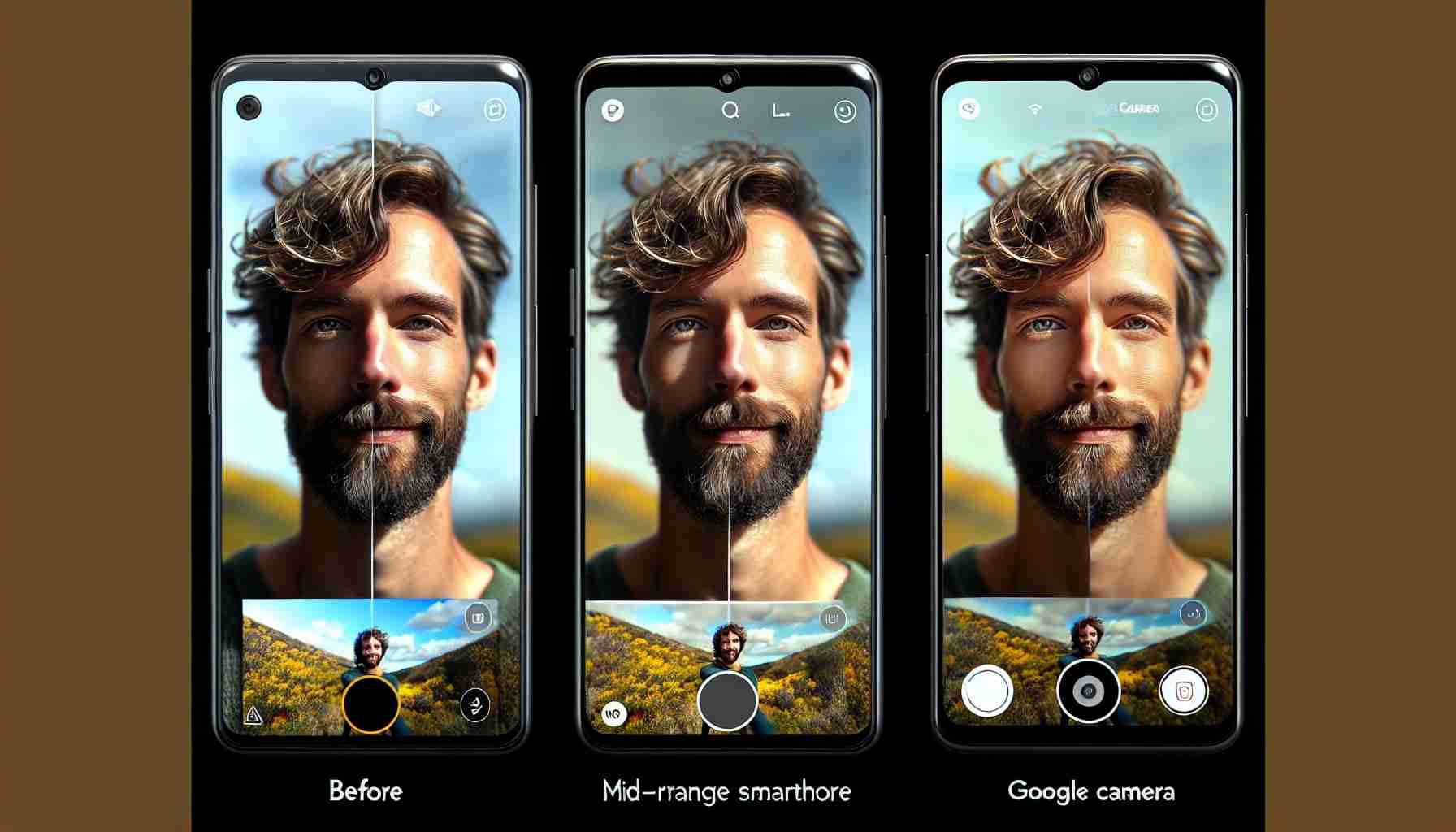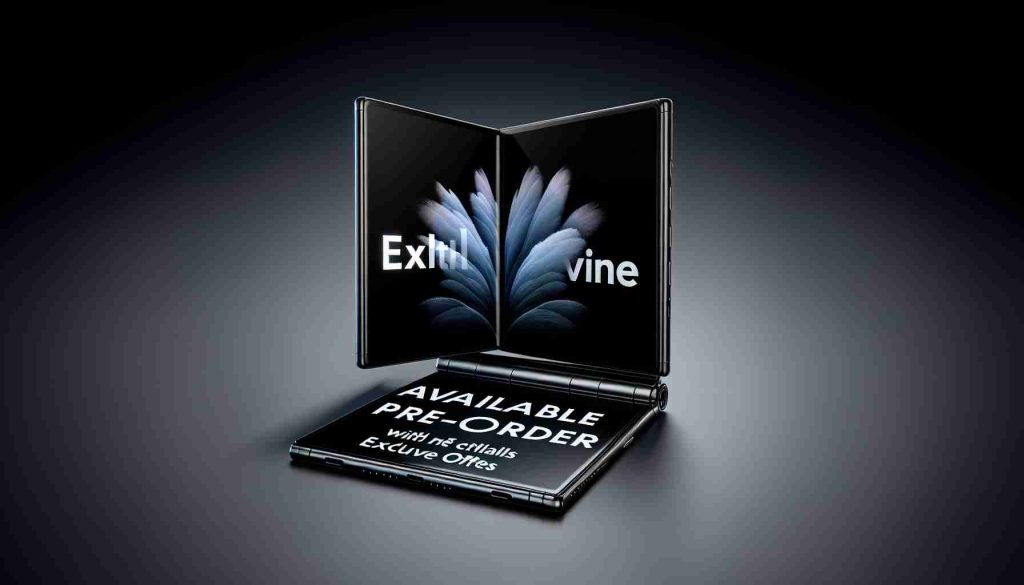In the realm of mobile photography, mid-range smartphones often struggle to meet users’ evolving demands for image quality. The OnePlus Ace, launched in early 2022, and the iQOO Z7, released in early 2023, are prime examples of devices that excel in their segments but fall short in imaging capabilities. Despite impressive hardware specifications, these models often leave users wanting more, especially as image technology advances.
Fortunately, software solutions like Google Camera offer a glimmer of hope for enhancing imaging performance. This acclaimed app, which revolutionized smartphone photography amid early competition, has since been modified by developers to extend its benefits across various brands. The integration of Google Camera can significantly enhance the image processing capabilities of older models.
During my experimentation with the app on the OnePlus Ace and iQOO Z7, distinct differences emerged. In high-contrast environments, the native camera struggled with dynamic range and color saturation, while Google Camera efficiently managed highlights and shadows, delivering more vibrant images albeit with some digital artifacts.
Even in low-light conditions, the performance of the Google Camera’s Night Sight mode surpassed that of the native application. It skillfully balanced detail retention and exposure, providing users with a superior nighttime photography experience.
In conclusion, leveraging Google Camera can breathe new life into mid-range devices, enabling users to achieve professional-level photography without needing to invest in the latest flagship models. Although finding the original app may be challenging, third-party modified versions continue to thrive, ensuring widespread access to its beneficial features.
Transforming Mid-Range Smartphones: The Impact of Google Camera
In the rapidly evolving landscape of smartphone photography, mid-range smartphones continually present a unique challenge: balancing affordability with high-quality imaging capabilities. As brands push the boundaries of hardware, users are increasingly demanding improved software to maximize their devices’ potential. The arrival of Google Camera, originally designed for Google’s Pixel smartphones, has become a transformative force in this ecosystem, bringing advanced imaging algorithms to devices that often lack sophisticated camera software.
Beyond just enhancing image quality, Google Camera fundamentally alters the way mid-range smartphones approach photography. Its key features, such as HDR+ and Astrophotography mode, empower users to capture images in previously challenging environments. The app’s intelligent processing capabilities allow even more modest hardware to deliver stunning results comparable to higher-end models.
Key Questions and Answers
What makes Google Camera superior to native camera apps in mid-range smartphones?
Google Camera employs advanced computational photography techniques that significantly improve image quality across various conditions. Features like HDR+ improve exposure, while Night Sight enhances low-light photography by employing effective noise reduction and longer exposure times.
Are there any compatibility issues with using Google Camera on non-Pixel devices?
While many mid-range devices can run modified versions of Google Camera, compatibility can vary. Some features may not work optimally due to differences in hardware specifications, such as sensors and processing power. Users should choose modified versions specifically tailored for their device model.
Key Challenges and Controversies
One prominent challenge associated with Google Camera on mid-range smartphones is the reliance on modified applications. These versions, though effective, often stem from unofficial sources that may not follow Google’s guidelines, potentially exposing users to security risks. Furthermore, frequent updates to the app can disrupt functionality, leading to user frustration.
Another controversy involves the legal implications of using modified software. Developers of these versions often face backlash from original manufacturers and may be at odds with Google’s usage policies. Users might find themselves in a gray area regarding the legality of installing such applications.
Advantages and Disadvantages
Advantages:
1. Enhanced Image Quality: Google Camera enhances photos significantly through advanced algorithms.
2. Greater Functionality: Features like Night Sight, Portrait Mode, and Motion Photos make mid-range smartphones more versatile.
3. User Accessibility: Many developers provide modified versions, allowing broader access to advanced photography tools.
Disadvantages:
1. Compatibility Issues: Not all devices run the app smoothly, leading to potential frustration for users.
2. Security Risks: Downloading from unofficial sources can expose devices to malware.
3. Legal Concerns: The use of modified apps may violate manufacturer agreements or copyright laws.
In summary, the integration of Google Camera into mid-range smartphones allows users to achieve professional-level photography, even with more affordable devices. The app’s transformative capabilities highlight the potential of software in enhancing hardware limitations. However, users must navigate the challenges of compatibility and security when venturing into the world of modified camera applications.
For further information, please visit Android for insights on the Android ecosystem and its features, and you might also check out Google for updates on Google Camera and other innovations.























